Which Class is Right for My Child?
Our philosophy comes from a genuine respect for each child’s individual rate of development. Class activities and at-home materials are designed to honour, support and celebrate the wonderful uniqueness of each child. Class have overlapping age ranges to help parents accommodate their child’s own needs.
-
Children ready for Level 1 show many of the following characteristics;
Physical
1. Has taken first steps and is gaining confidence when walking.
1. Increasing ability to purposefully manipulate objects (eg shaking eggs, tapping a drum).
Cognitive
1. Explores cause/effect relationships by pushing, pulling and throwing objects.
1. Is learning to use toys and objects in symbolic ways, including enjoyment of sensory properties.
1. Can interact in a directed activity
1. Connects to an activity; paricipates a play sequence
1. Frequently responds to own name by looking at person speaking
Emotional
1. Beginning to use gestures and language to deal with frustration, as opposed to just crying or whining.
1. May experience separation anxiety when caregiver is out of sight.
Language
1. Language is emerging, sometimes able to express wants and needs symbolically (gestures, words).
1. Is beginning to use meaningful language (spoken or signed) to express needs and wants.
1. Can engage in storytime with caregiver. Enjoys books even if caregiver is just labelling the pictures on a page.
Social
1. Is interested in what other children are doing
1. Many be very social and outgoing but reserved with strangers or new situations.
Musical
1. Recognises music vs silence (reacts when a song is sung and stopped before end of song).
-
Children ready for Level 2 show many of the following characteristics;
Physical
1. Improving walking skills, feet are together, knees flexible vs. the 'just walker' who has a wide-based legs apart gate with locked knees.
1. Beginning to imitate/explore a variety of travelling movements - run, jump, spin.
Cognitive
1. Can reliably point to correctly identified body parts
1. Can follow two-step direction
1. Understands what 'one' means vs a handful
1. Is learning to use toys and objects in symbolic ways, moving beyond just enjoyment of sensory properties.
1. Can interact in a directed activity
1. Is able to shift attention with transition
1. Connects to an activity; initiates a play sequence
1. Reliably responds to own name, referring to self by name in secure environments
Emotional
1. Uses gestures and language to deal with frustration, as opposed to just crying and whining
1. Sustains interest and attention in activity for several minutes (note: not wanting to give something up such as bells or sticks, can be a sign of maturation
Language
1. Can express wants and needs symbolically (gestures, words)
1. Has vocabulary of 20 words, receptive language is still stronger than expressive
1. Reads with caregiver co-operatively. Can select a book, sit, relate to story and interact.
Social
1. Is interested in what other children are doing
1. Is capable of distal communication, such as following verbal instructions from farther away
Musical
Moves to music, perhaps to the steady beat.
-
Children ready for Level 3 show many of the following characteristics;
Physical
1. Has a taller, thinner, adult like appearance
1. Balances on one foot; jumps in place without falling
1. Holds crayons in pincher grasp rather than a fist
Cognitive
1. Knows if he/she is a boy or a girl
1. Can do matching games
1. Knows some basic shapes and colours
1. Has developing divergent thinking skills (what animal do you like?)
1. Is beginning transition from concrete to abstract thinking; humour aids this process
1. Sits and listens to stories for up to 10 minutes
Emotional
1. Recognises needs of another person; can be empathetic
1. Separates from parent without crying
1. Shows development of humour
Language
1. Is beginning to master rultes of language; speaks in full sentences (4-5 words); asks questions
1. Has a vocabulary that increases from 300-1000 words
1. Can relate a series of activities; tells stories ('We went to the shops, then to grandmas and I played with her dog')
Social
1. Recognises the needs of others
1. Turn taking becomes harder than earlier, but beginning to understand reasons
1. Is learning about patience
Musical
1. Recites rhymes
1. Sings simple, whole songs
-
Item description
